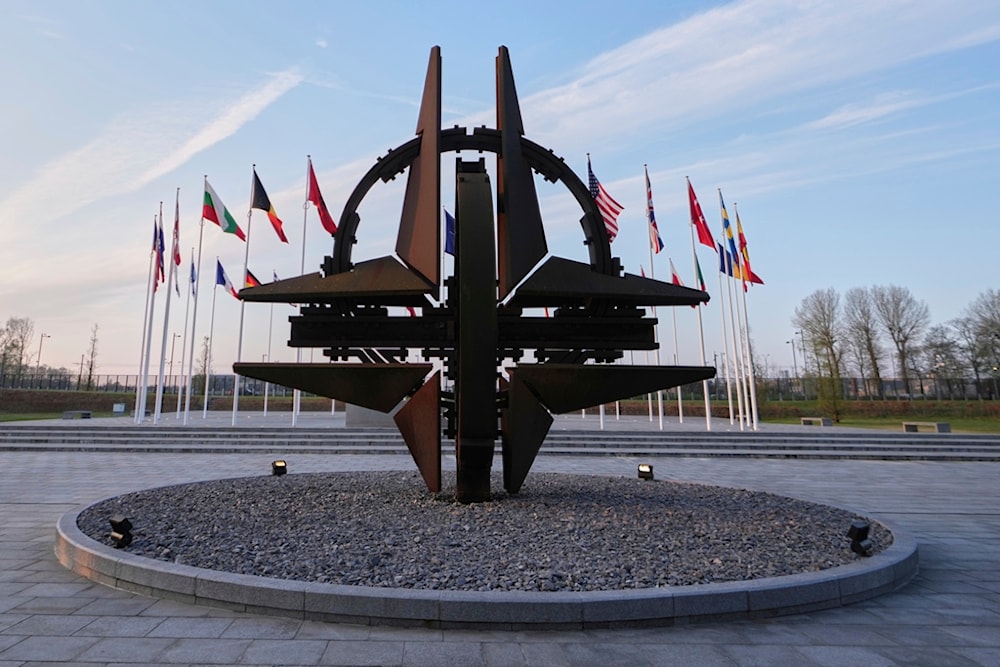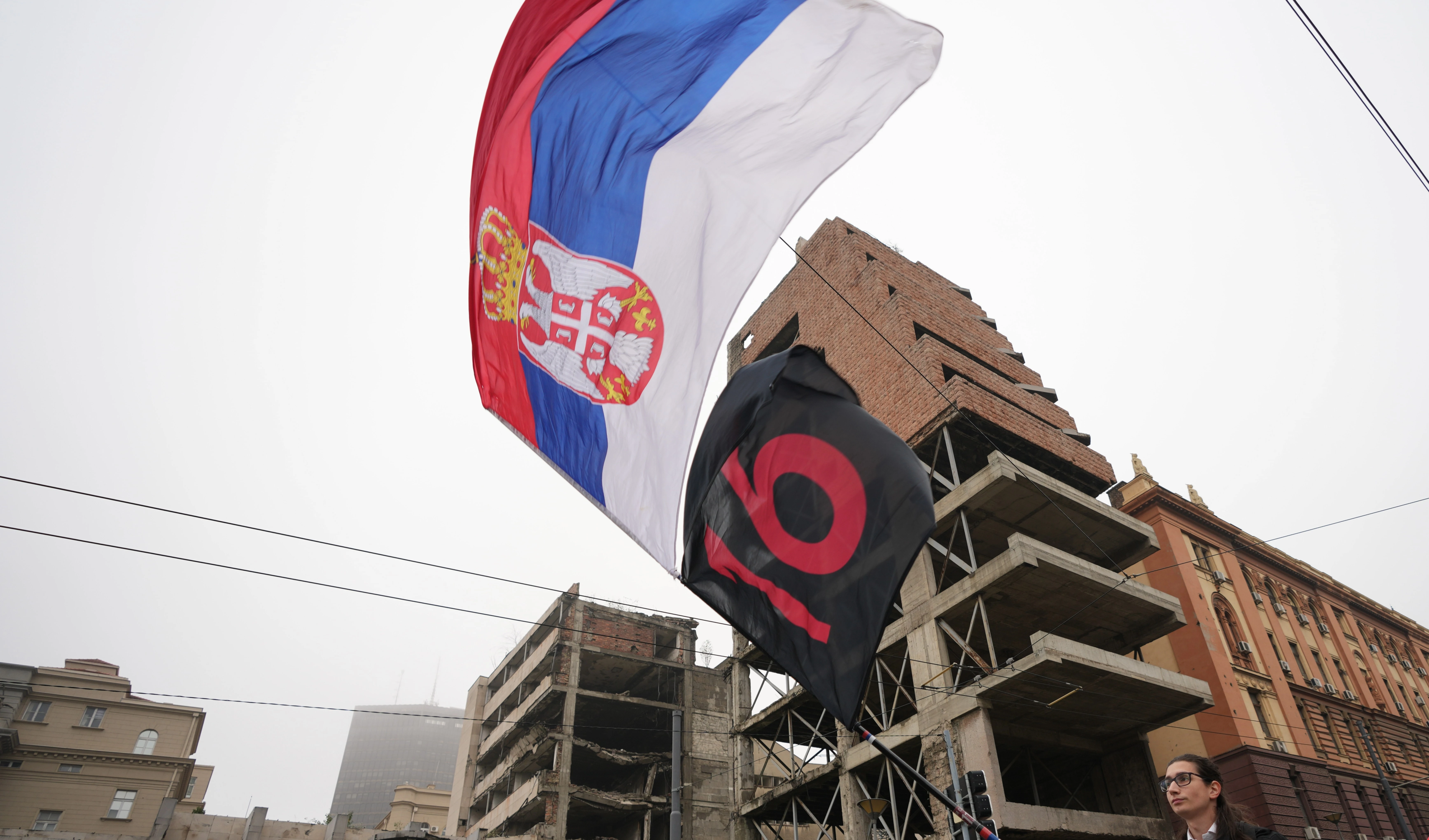Italy to hit NATO defense target by revising spending criteria
Reaching the 2% threshold would nominally require an additional 11 billion euros ($12.5 billion), but Economy Minister Giancarlo Giorgetti explained that the government intends to align its budget classifications with NATO's criteria.
-

Flags of Alliance members flap in the wind prior to a meeting of NATO foreign ministers at NATO headquarters in Brussels, Thursday, April 3, 2025 (AP)
Italy is planning to meet NATO's defense spending benchmark this year by adjusting how it calculates military expenditures, according to Economy Minister Giancarlo Giorgetti, who spoke during a parliamentary hearing on Thursday.
NATO's data had previously estimated Italy's defense budget for 2024 at 1.49% of GDP, placing it among the alliance's lowest contributors. The United States has urged Italy to boost its defense allocations, and Giorgetti confirmed the government's commitment to that goal.
"We are acutely aware of the need to increase this expenditure in the coming years," he told lawmakers as they reviewed Italy's multi-year budget framework.
Reaching the 2% threshold would nominally require an additional 11 billion euros ($12.5 billion), but Giorgetti explained that the government intends to align its budget classifications with NATO's criteria. This means including expenditures that had previously been omitted, such as certain civilian technologies and pensions for retired military personnel.
"These include money spent for certain civilian technologies as well as pensions paid to retired soldiers," he said.
The announcement comes amid renewed pressure from Washington, with US President Donald Trump pushing for NATO allies to spend up to 5% of GDP on defense. Italy's Defense Minister Guido Crosetto dismissed that proposal, saying this week it was "unthinkable."
Read more: Trump admin. weighs major cutbacks to US troop presence in Europe
In an effort to support increased defense investment across Europe, the European Commission has proposed allowing member states to raise such spending by 1.5% of GDP annually for four years without triggering the standard deficit penalties. However, Giorgetti made it clear that Italy, given its high debt levels, does not plan to take advantage of that fiscal flexibility.
Giorgetti also addressed broader economic challenges. The Bank of Italy, during its own appearance in parliament, recommended financing increased defense outlays through a mix of higher borrowing, budget savings, and tax measures.
Fiscal Strains
Last week, the government revised down its growth forecasts, citing global instability and uncertainty stemming from US trade tariffs. The parliamentary budget watchdog (UPB) added to the concerns on Thursday, predicting that Trump's tariff policies could reduce Italy's GDP by 0.3 percentage points and cost the economy approximately 68,000 jobs. No timeline for the impact was provided.
Italy's recovery remains heavily dependent on funds from the European Union's pandemic relief plan. But delays in deploying the money have prompted warnings from the Bank of Italy that the country risks missing key spending deadlines. Of the available funds, Italy had spent just 66 billion euros—around 34%—as of March.
The current budget framework outlines ambitious disbursement plans: 40 billion euros in 2025, 80 billion euros in 2026, and 12 billion euros in 2027. However, Giorgetti acknowledged that Italy may not meet the official timeline.
"It is inevitable that the accounting of part of the spending will have to go beyond 2026," he said.
Read more: NATO chief says China military expansion 'staggering'

 3 Min Read
3 Min Read










